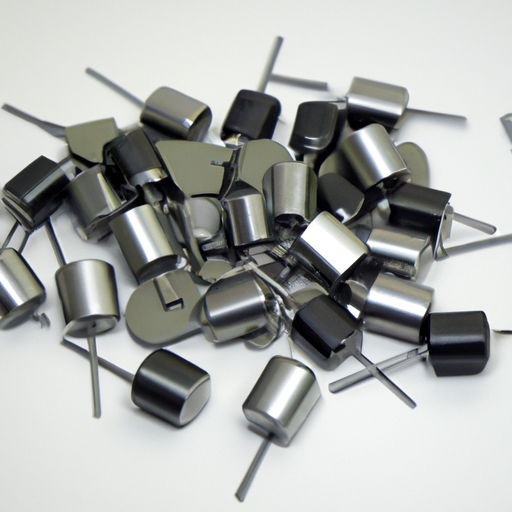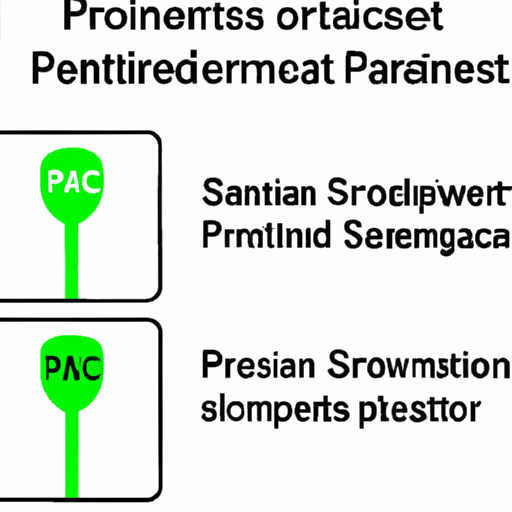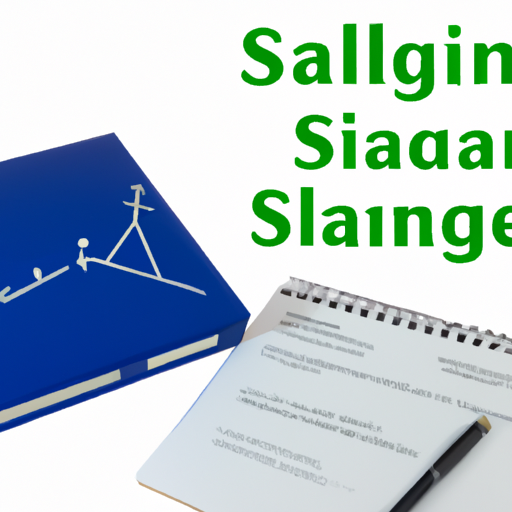
Coil is a unique and innovative platform that is revolutionizing the way content creators are rewarded for their work. Founded in 2018 by Stefan Thomas, the former CTO of Ripple, Coil aims to provide a sustainable and fair way for creators to monetize their content without relying on traditional advertising models.At its core, Coil is a subscription-based service that allows users to support their favorite creators by paying a monthly fee. In return, creators receive a portion of that fee based on the amount of time users spend consuming their content. This model, known as Web Monetization, is a game-changer for creators who have long struggled to make a living from their work in an era of ad-blockers and declining ad revenue.One of the key features of Coil is its seamless integration with existing platforms and content management systems. Creators can easily add Coil monetization to their websites, blogs, and social media accounts with just a few lines of code. This means that creators can continue to reach their audience through the channels they already use, while also earning a steady stream of income.In addition to providing a new revenue stream for creators, Coil also offers a number of benefits for users. For a low monthly fee, users gain access to a wide range of premium content from their favorite creators, without having to deal with intrusive ads or paywalls. This creates a more enjoyable and streamlined experience for users, while also supporting the creators they love.Another key aspect of Coil is its commitment to transparency and fairness. Unlike traditional advertising models, where creators are often at the mercy of algorithms and ad networks, Coil ensures that creators are fairly compensated for their work based on actual engagement metrics. This level playing field allows creators of all sizes to thrive and build sustainable careers in the digital age.Coil is also committed to supporting diversity and inclusion in the creator community. The platform actively promotes and highlights creators from underrepresented backgrounds, ensuring that a wide range of voices and perspectives are heard and supported. This commitment to diversity not only benefits creators, but also enriches the overall content ecosystem for users.Overall, Coil is a game-changer for content creators looking to monetize their work in a fair and sustainable way. By providing a new revenue stream, seamless integration with existing platforms, and a commitment to transparency and diversity, Coil is empowering creators to build successful and fulfilling careers in the digital age. Whether you're a creator looking to monetize your content or a user looking to support your favorite creators, Coil is a platform worth exploring.

Inductors are passive electronic components that store energy in the form of a magnetic field when an electric current passes through them. They are commonly used in a variety of electronic devices and circuits to control the flow of current, filter out unwanted signals, and store energy for later use. In order to ensure the quality and performance of inductors, there are several product standards that manufacturers must adhere to. These standards cover various aspects of inductor design, construction, and performance to ensure that they meet the required specifications and provide reliable operation.One of the most important product standards for inductors is the International Electrotechnical Commission (IEC) standard IEC 62341. This standard specifies the general requirements for inductors used in electronic equipment and covers aspects such as dimensions, materials, electrical characteristics, and testing methods. It provides guidelines for the design and construction of inductors to ensure that they meet the necessary performance criteria and can withstand the operating conditions they are subjected to.Another important product standard for inductors is the American National Standards Institute (ANSI) standard ANSI C50.13. This standard covers the performance requirements for inductors used in power systems and provides guidelines for their design, construction, and testing. It specifies the electrical characteristics that inductors must meet, such as inductance, current rating, and temperature rise, to ensure that they can safely and reliably operate in power systems.In addition to these general product standards, there are also specific standards for different types of inductors, such as surface mount inductors, toroidal inductors, and power inductors. These standards provide detailed requirements for the design, construction, and performance of each type of inductor to ensure that they meet the specific needs of their intended applications.For example, the Joint Electron Device Engineering Council (JEDEC) standard JESD22-B103 covers the requirements for surface mount inductors used in electronic devices. It specifies the mechanical and electrical characteristics that surface mount inductors must meet, such as size, shape, and solderability, to ensure that they can be easily integrated into circuit boards and provide reliable operation.Similarly, the Institute of Electrical and Electronics Engineers (IEEE) standard IEEE 1341 covers the requirements for toroidal inductors used in power systems. It specifies the electrical characteristics that toroidal inductors must meet, such as inductance, current rating, and temperature rise, to ensure that they can safely and efficiently operate in power systems.Overall, product standards for inductors play a crucial role in ensuring the quality and performance of these essential electronic components. By adhering to these standards, manufacturers can produce inductors that meet the required specifications and provide reliable operation in a wide range of electronic devices and circuits. Consumers can also have confidence in the quality of inductors that meet these standards, knowing that they have been tested and verified to perform as expected.

Signal converters are essential components in various industries, as they play a crucial role in converting signals from one form to another. These devices are used to convert analog signals to digital signals, or vice versa, to ensure compatibility between different systems and devices. As a result, signal converters have become a key technology in industries such as telecommunications, automotive, industrial automation, and consumer electronics.In recent years, there has been a significant increase in the number of patents related to signal converters, as companies strive to develop innovative solutions to meet the growing demand for high-performance and reliable signal conversion technology. In this article, we will explore some of the key industries that contain important patents related to signal converters, and discuss the impact of these patents on the industry as a whole.Telecommunications IndustryThe telecommunications industry is one of the largest users of signal converters, as these devices are essential for converting signals between different communication protocols and standards. With the rapid growth of mobile and wireless communication technologies, the demand for high-performance signal converters has increased significantly in recent years.Many companies in the telecommunications industry have filed patents related to signal converters, covering a wide range of technologies such as digital signal processing, analog-to-digital conversion, and signal conditioning. These patents are crucial for protecting the intellectual property of companies and ensuring that they can continue to innovate and develop new products in this competitive market.Automotive IndustryThe automotive industry is another key user of signal converters, as these devices are used in a wide range of applications such as engine control systems, navigation systems, and entertainment systems. With the increasing complexity of modern vehicles and the growing demand for advanced features and functionalities, the need for high-performance signal converters has become more important than ever.Many companies in the automotive industry have filed patents related to signal converters, covering technologies such as data acquisition, signal processing, and communication interfaces. These patents are essential for protecting the innovations of companies and ensuring that they can continue to develop new products and technologies to meet the evolving needs of the automotive market.Industrial Automation IndustryThe industrial automation industry is another important user of signal converters, as these devices are used in a wide range of applications such as process control systems, robotics, and motion control systems. With the increasing adoption of Industry 4.0 technologies and the growing demand for smart and connected devices, the need for high-performance signal converters has become more critical in industrial automation applications.Many companies in the industrial automation industry have filed patents related to signal converters, covering technologies such as signal conditioning, data conversion, and communication protocols. These patents are crucial for protecting the intellectual property of companies and ensuring that they can continue to innovate and develop new products to meet the changing needs of the industrial automation market.Consumer Electronics IndustryThe consumer electronics industry is also a significant user of signal converters, as these devices are used in a wide range of applications such as audio and video equipment, smartphones, and wearable devices. With the increasing demand for high-quality audio and video experiences, the need for high-performance signal converters has become more important in consumer electronics applications.Many companies in the consumer electronics industry have filed patents related to signal converters, covering technologies such as audio and video processing, data conversion, and communication interfaces. These patents are essential for protecting the innovations of companies and ensuring that they can continue to develop new products and technologies to meet the evolving needs of the consumer electronics market.ConclusionIn conclusion, signal converters are essential components in various industries, and the demand for high-performance and reliable signal conversion technology continues to grow. Many companies in industries such as telecommunications, automotive, industrial automation, and consumer electronics have filed patents related to signal converters, covering a wide range of technologies and applications.These patents are crucial for protecting the intellectual property of companies and ensuring that they can continue to innovate and develop new products to meet the evolving needs of their respective industries. As the demand for signal converters continues to increase, it is likely that we will see more patents related to this technology in the future, as companies strive to stay ahead of the competition and deliver cutting-edge solutions to their customers.

Signal converters are essential components in various industries, allowing for the seamless conversion of signals from one form to another. Whether it's converting analog signals to digital or vice versa, signal converters play a crucial role in ensuring that data is accurately transmitted and processed. As such, it is important for professionals working with signal converters to undergo thorough product training to fully understand their functionality and capabilities.When designing a product training program for signal converters, there are several key considerations to keep in mind. These considerations will help ensure that trainees have a comprehensive understanding of how signal converters work and how to effectively use them in their respective industries.1. Understanding the basics of signal conversion: The first step in any product training program for signal converters is to provide trainees with a solid understanding of the basics of signal conversion. This includes explaining the difference between analog and digital signals, as well as the various types of signal converters available on the market. Trainees should also be familiarized with common terminology used in signal conversion, such as resolution, sampling rate, and signal-to-noise ratio.2. Hands-on experience: One of the most effective ways to learn about signal converters is through hands-on experience. Providing trainees with the opportunity to work with signal converters in a controlled environment will help them gain a better understanding of how the devices function and how to troubleshoot common issues. Hands-on training can also help trainees develop the skills needed to configure signal converters for specific applications.3. Application-specific training: Signal converters are used in a wide range of industries, each with its own unique requirements and challenges. As such, it is important to tailor product training programs to specific applications. For example, trainees working in the automotive industry may require training on how to use signal converters in vehicle diagnostics, while those in the medical field may need training on signal converters used in patient monitoring systems.4. Compliance and safety training: Signal converters are often used in safety-critical applications, such as in industrial control systems or medical devices. As such, it is important for trainees to receive training on compliance standards and safety regulations related to signal converters. This includes understanding how to properly install and maintain signal converters to ensure they meet industry standards and do not pose a risk to users.5. Troubleshooting and maintenance: Signal converters, like any electronic device, can experience issues over time. Trainees should be trained on how to troubleshoot common problems with signal converters, as well as how to perform routine maintenance to ensure optimal performance. This may include learning how to calibrate signal converters, update firmware, and replace faulty components.6. Continuing education: The field of signal conversion is constantly evolving, with new technologies and products being introduced regularly. As such, it is important for professionals working with signal converters to engage in continuing education to stay up-to-date on the latest developments in the field. Product training programs should include resources for trainees to access ongoing education opportunities, such as webinars, workshops, and industry conferences.In conclusion, product training for signal converters is essential for professionals working in industries that rely on accurate signal conversion. By considering the key factors outlined above, training programs can be designed to provide trainees with the knowledge and skills needed to effectively use signal converters in their respective applications. With a solid understanding of signal conversion principles and hands-on experience, professionals can confidently work with signal converters to ensure reliable data transmission and processing.





